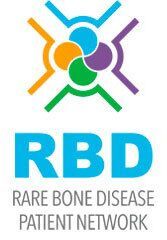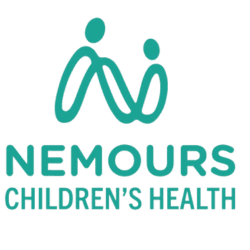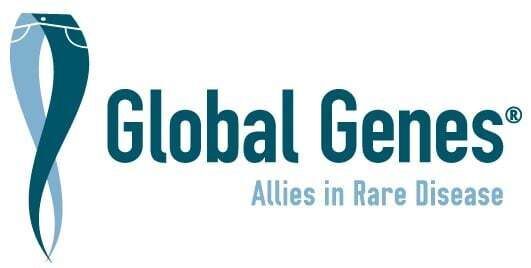
Creating Consensus of Care (CoC) Guidelines is a vital step in ensuring that patients, especially those with rare and complex diseases like Complex Lymphatic Anomalies (CLAs), receive the most effective and standardized care. These guidelines provide physicians with evidence-based recommendations for diagnosis and treatment, helping to reduce variability in care and improve outcomes for patients, regardless of where they live. But how exactly are these guidelines developed? Let’s explore the detailed process behind the creation of CoC Guidelines.
1. Reviewing Current Research
The first step in developing CoC Guidelines is a thorough review of existing research. Medical experts gather and analyze all available studies and data related to the disease in question. This review serves two essential purposes:
- Identifying proven treatments and interventions: Understanding what has already been tested and validated.
- Pinpointing areas of uncertainty: Finding gaps where current research does not provide clear answers or where more data is needed to establish a consensus.
For CLAs, this research review includes studies on genetics, disease progression, treatment efficacy, and patient outcomes across multiple organ systems, given how CLAs impact the body in various ways.
2. Finding Gaps and Defining the Need for Consensus
Once the research is thoroughly reviewed, experts focus on identifying the areas where medical treatment lacks agreement or standardization. These gaps are where developing a consensus is critical. Questions like "What’s the most effective first-line treatment for this condition?" or "Which imaging techniques should be used regularly for monitoring?" may arise.
The specialists involved in the process—including geneticists, pulmonologists, oncologists, and others—come together to define which treatment and diagnostic areas require further discussion. Their goal is to ensure that primary care providers, as well as specialists in various fields, have a reliable, standardized approach to treating CLA patients.
3. Face-to-Face Meetings: Collaboration and Consensus Building
After identifying the key areas where consensus is needed, experts meet face-to-face to discuss, debate, and agree on the best possible care standards. These meetings are crucial to the development of the guidelines because they provide an opportunity for leading specialists from around the world to share their experiences, clinical knowledge, and insights.
Bringing together around 30 specialists—including experts from pulmonology, cardiology, hematology, dermatology, neurology, oncology, and more—these sessions aim to foster collaboration and build consensus on the most challenging aspects of diagnosis and treatment. The face-to-face element allows for deep discussion, problem-solving, and the finalization of treatment standards that can be adopted globally.
4. Publication in a Peer-Reviewed Journal
Once the guidelines are developed and finalized, they need to be shared with the wider medical community. To ensure credibility and widespread use, the guidelines are submitted for publication in a peer-reviewed medical journal. The peer-review process ensures that the recommendations have been rigorously evaluated and approved by other experts in the field.
This step is essential for building trust in the guidelines and making sure they are accepted by healthcare providers across the globe. Peer-reviewed journals provide the stamp of approval that assures medical professionals these guidelines are based on the most current, reliable evidence.
5. Open Access: Ensuring Global Reach
To maximize the impact of the CoC Guidelines, they must be freely accessible to all medical professionals, regardless of their location or access to resources. Open access publishing ensures that the guidelines are available without a paywall, allowing doctors in rural areas, under-resourced clinics, and even international healthcare providers to use the information.
Making the guidelines open access ensures that no healthcare provider is left without the tools they need to provide top-quality care to patients with CLAs. It eliminates barriers to access, ensuring that even specialists or primary care doctors in rural areas can consult the guidelines for the best treatment strategies.
The Value of Consensus of Care Guidelines
The creation of CoC Guidelines is a comprehensive, collaborative process that brings together the world's leading experts to ensure the best possible care for patients with rare and complex conditions. The process ensures that:
- Healthcare providers have access to the latest research on the condition, enabling them to offer the most effective treatments.
- Patients benefit from standardized care, reducing the risk of inconsistent treatments that can lead to delayed recovery or complications.
- Primary care physicians are empowered to manage complex cases with confidence, consulting a roadmap of expert-driven recommendations when faced with difficult decisions.
- Specialists can work more collaboratively, ensuring continuity of care and reducing gaps, especially for patients transitioning from pediatric to adult care or those living in remote areas.
Conclusion
Developing CoC Guidelines is a meticulous, evidence-based process designed to improve patient care worldwide. By reviewing research, identifying gaps, fostering collaboration among experts, and making the final product accessible to all healthcare professionals, these guidelines provide a blueprint for standardized, effective care. For patients with CLAs, this means better outcomes, faster diagnoses, and access to expert-driven care—no matter where they live.
These guidelines not only guide primary care physicians but also serve as a lifeline for patients who otherwise might struggle to find consistent, high-quality care in a fragmented healthcare system.











